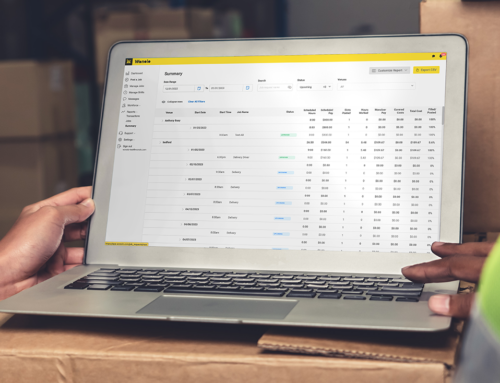Pranab Shenoy
As seasonal demand begins to pick up and the rush of peak season approaches, one thing becomes clear: you need a labor strategy that can weather the storm. Whether you’re running a retail store preparing for holiday shoppers or managing a warehouse gearing up for increased shipments, peak season challenges can make or break your business.
The good news? With the right approach, you can build a seasonal labor strategy that can handle both predictable surges and unexpected spikes in demand. Here’s how to craft a seasonal strategy that supports your business while minimizing stress for you and your team.
Why Preparing for Peak Season is Essential
Think of your seasonal labor strategy as your game plan for success. Without one, it’s like trying to win a championship game without a playbook—it’s not going to end well. Here’s why preparation matters:
-
Consistent Service, Even in Chaos
-
Company Morale Stays Intact
-
Cost Control and Efficiency
Your customers expect the same level of service, whether it’s peak season or not. With a prepared plan, you can keep operations smooth and customer satisfaction high.
When teams are overwhelmed, burnout creeps in. A strategic seasonal labor plan prevents your existing full-time workers from shouldering too much, leading to happier—and more productive—teams.
Scrambling to source last-minute workers can be costly and inefficient. Planning ahead lets you budget more effectively and avoid the cost of falling behind and struggling to find workers last minute.
How to Build a Peak-Season Labor Plan
Creating a seasonal labor strategy doesn’t have to feel overwhelming. Here’s a step-by-step guide to ensure your business is ready:
-
Look Back Before You Move Forward
-
Build a Worker Pipeline Early
-
Prioritize Flexibility in Your Labor Strategy
-
Facilitate a Positive Experience
-
Monitor Peak Season Performance
Start by analyzing historical data.
– What were your busiest times last year?
– Where did you experience labor shortages?
– Which jobs were most critical during those times?
This data is your roadmap, helping you anticipate future needs.
Sourcing workers last minute is a recipe for disaster. Instead, create a pipeline of accessible talent ahead of time. On-demand job marketplace platforms are a great resource for quickly finding vetted workers who can step in when you need them most.
The reality of peak season is that demand can be unpredictable. Engaging temp workers allows you to scale up or down as needed, so you don’t have too many workers during slower days or too few workers during busy ones.
Once the right workers have accepted your job, it’s also important to prioritize their experience. Welcome them warmly, and introduce them to onsite personnel and the worksite so that they can hit the ground running.
Throughout peak season, keep a pulse on key business metrics to determine efficiency. Be sure to monitor your fill rates, cost savings, and other indicators that can be used to gauge the performance of your business’ seasonal labor efforts.
Humanizing Your Seasonal Experience
Let’s not forget: sourcing workers isn’t just about numbers; it’s about people. Seasonal workers bring unique skills, perspectives, and energy to your business. By welcoming them and treating them with respect, you’ll create a culture that’s not just ready for peak season—but thriving through it.
—
Ready to simplify sourcing workers?
Wonolo maintains an on-demand job marketplace that enables businesses to connect with any type of worker for any duration of time. With access to a community of over 1M workers, businesses on Wonolo connect with the skilled talent needed to fill seasonal, temp, ongoing, and temp-to-perm jobs across industries like retail, manufacturing, hospitality, and more.






